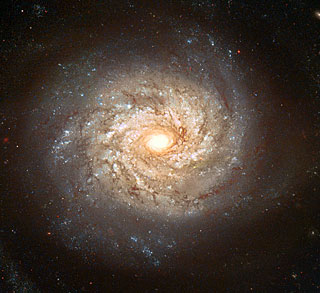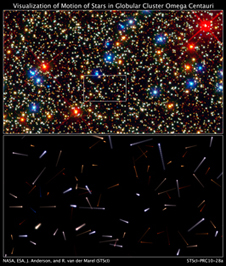Star Astronomy News
Translate This Page Star Clusters of Unimaginable Size Exist in the UniversePosted by Warren Wong on Thursday, September 19, 2013,
In :
Star Astronomy
Galaxies Collide in Colossal CollisionsPosted by Warren Wong on Thursday, November 18, 2010,
In :
galaxies
Continue reading ... Searching the Night Sky for a SupernovaPosted by Warren Wong on Friday, November 5, 2010,
In :
supernovas
Continue reading ... Journey into the Heart of the BeehivePosted by Warren Wong on Friday, November 5, 2010,
In :
Star Astronomy
Continue reading ... | Author
Warren Wong
Prince George, British Columbia. Tags |




